PNY XLR8 Liquid Cooled GTX 580 OC 1.5GB Review | bit-tech.net
PNY XLR8 Liquid Cooled GTX 580 OC 1.5GB Review
Manufacturer: PNY
UK price (as reviewed): £439.99 (inc VAT)
US price (as reviewed): $519.99 (ex tax)
Preferred Partner Price: £467.98 (inc VAT)
It used to be the case that your CPU was top priority when it came to water-cooling your PC. However, with the latest super-quiet high-end air coolers such as Be Quiet's Dark Rock Advanced able to tame the likes of Intel's Core i5-2500K, even when it's overclocked to 5GHz, it's not surprising that the focus has shifted.
Your graphics card is far more likely to be the noisiest component inside your case these days, and with power consumption at record levels with the current generations of DirectX 11 hardware, given the choice, you could well see far more benefit if you water-cool your graphics card rather than your CPU. The benefits are two-fold - reduced noise (a couple of slow-spinning 120mm fans are far quieter than a stock GTX 580 1.5GB cooler, especially in games) and better cooling, which in turn usually means more overclocking headroom too.
Of course, buying a pump, reservoir, tubing, fittings and a waterblock isn't a pleasant experience for your wallet. Even a double 120mm-fan radiator-based setup will set you back £200, and that's before you've done the essential research into the dark arts of water cooling.
Most water-cooled graphics cards we've seen have simply bolted a third party waterblock to a reference PCB. However, PNY has gone one step further and enlisted the help of Asetek to provide a ready-to-use product that should only take a little more time to install than an air-cooled graphics card.
The XLR8 Liquid Cooled GTX 580 OC 1.5GB is equipped with an all-in-one pump, waterblock and radiator in a pre-filled loop that's already attached to the PCB. It's a sealed unit, so there's no filling, bleeding or maintenance of any kind required, and the barbs held up fine during testing, even when we were squishing in the tubing behind the CPU cooler, and the tubing proved very resilient to kinking too.
Somewhat bizarrely, the waterblock only cools the GPU - PNY has left the stock cooler in place to cool the rest of the hot spots on the PCB, with the exhaust being directed to the end of the graphics card as normal. A single half-height radiator is included, with a fairly dense array of fins, along with a 120mm PowerLogic PLA12025S12M 1,700rpm fan and screws to mount it (and the radiator) to a nearby 120mm fan mount. We installed this in the rear exhaust slot of our Antec Twelve Hundred case - this meant drawing in air from the CPU cooler, but the tubing wasn't long enough to allow installation in any other locations.
At £439, the XLR8 GTX 580 1.5GB is roughly £60 more expensive than an air-cooled card - this is less than the price of a full-cover waterblock alone, although we'll have to see how well the somewhat skinny radiator deals with an overclocked GTX 580 1.5GB. Speaking of overclocking, PNY has also applied a monstrous overclock to the XLR8 GTX 580. The core speed has been bumped to 857MHz - even faster than the MSI N580GTX Lightning Xtreme Edition. The memory has also been overclocked - to an effective 4.212GHz - again faster than the MSI card. This alone should mean the XLR8 GTX 580 has some serious weight to throw around.
Specifications
Graphics processor Nvidia GeForce GTX 580, 857MHz
Pipeline 512 stream processors (1,714MHz), 48 ROPs
Memory 1.5GB GDDR5, 4,212MHz effective
Bandwidth 202.18GB/sec, 384-bit interface
Compatibility DirectX 11, OpenGL 4.1
Outputs/Inputs 2 x DVI, mini-HDMI, 2 x SLI
Power connections 2 x 8-pin PCI-E, side-mounted
Size 270mm long, double-slot
Warranty Five years
Results 1 to 10 of 11
-
10-20-2011, 04:08 PM #1
 PNY XLR8 Liquid Cooled GTX 580 OC 1.5GB Review
PNY XLR8 Liquid Cooled GTX 580 OC 1.5GB Review
-
10-20-2011, 04:10 PM #2
 Re: PNY XLR8 Liquid Cooled GTX 580 OC 1.5GB Review
Re: PNY XLR8 Liquid Cooled GTX 580 OC 1.5GB Review
How We Tested
As always, we did our best to deliver a clean set of benchmarks, with each test repeated three times, and an average of those results is what we’re reporting here. In the rare case where performance was inconsistent, we continued repeating the test until we obtained three results that were consistent.
The tests performed are a mixture of custom in-game timedemos and manually-played sections, using FRAPS to record the average and minimum frame rates. We strive to not only record real-world performance you will actually see, but also present the results in a manner that is easy to digest.
Intel Core i7 Test System
Intel Core i7-965 processor (3.2GHz: 133MHz x 24)
Asus Sabertooth X58 motherboard (Intel X58 Express with three PCI-E 2.0 x16 slots)
3 x 2GB Corsair TR3X6G1333C9 memory modules (operating in dual-channel mode at 1,600MHz 9-9-9-24-1T)
Corsair X128 120GB SSD running v1 firmware
Corsair HX1000W PSU
Windows 7 Home Premium x64
Antec Twelve Hundred Chassis
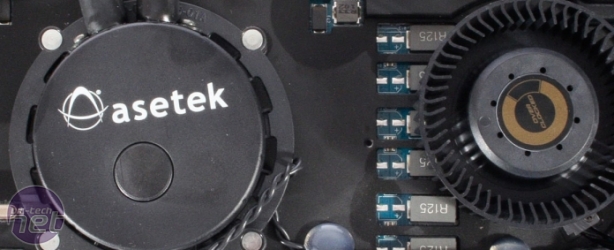
AMD graphics cards
AMD Radeon HD 6990 4GB (2 x 830MHz GPUs, 2 x 5GHz memory) using release driver (Catalyst 11.4 beta)
AMD Radeon HD 6970 2GB (880MHz GPU, 5.5GHz memory) using Catalyst 11.2 WHQL
AMD Radeon HD 6950 2GB (800MHz GPU, 5GHz memory) using Catalyst 11.2 WHQL
AMD Radeon HD 6950 1GB (800MHz GPU, 5GHz memory) using Catalyst 11.2 WHQL
AMD Radeon HD 6870 1GB (900MHz GPU, 4.2GHz memory) using Catalyst 11.2 WHQL
AMD Radeon HD 6850 1GB (725MHz GPU, 4GHz memory) using Catalyst 11.2 WHQL
AMD Radeon HD 6970 1GB (840MHz GPU, 4.2GHz memory) using release driver (Catalyst 11.4 beta)
AMD Radeon HD 5970 2GB (2x 725MHz GPUs, 2 x 4GHz memory) using Catalyst 11.2 WHQL
AMD Radeon HD 5870 1GB (850MHz GPU, 4.8GHz memory) using Catalyst 11.2 WHQL
AMD Radeon HD 5850 1GB (725MHz GPU, 4.0GHz memory) using Catalyst 11.2 WHQL
AMD Radeon HD 5770 1GB (850MHz GPU, 4.8GHz memory) using Catalyst 11.2 WHQL
Nvidia graphics cards
PNY XLR8 Liquid Cooled GTX 580 OC 1.5GB (857MHz GPU, 1,714MHz stream processors, 4,212MHz memory) using release driver (GeForce 275.20 beta)
Asus Matrix GTX580 Platinum (816MHz GPU, 1,632MHz stream processors, 4,000MHz memory) using release driver (GeForce 275.20 beta)
KFA² MDT X5 GTX 560 Ti 1GB (820MHz GPU, 1,640MHz stream processors, 4,000MHz memory) using release driver (GeForce 275.20 beta)
Nvidia GeForce GTX 590 3GB (2 x 607MHz GPUs, 1,214MHz stream processors, 2 x 3,4114MHz memory) using launch driver (GeForce 267.71 beta)
Nvidia GeForce GTX 580 1.5GB (772MHz GPU, 1,544MHz stream processors, 4,080MHz memory) using GeForce 266.58 WHQL
Nvidia GeForce GTX 570 1.3GB (732MHz GPU, 1,464MHz stream processors, 3,800MHz memory) using GeForce 266.58 WHQL
KFA² GeForce GTX 560 EX OC (910MHz GPU, 1,820MHz stream processors, 4,008MHz memory) using release driver (GeForce 275.20 beta)
Nvidia GeForce GTX 560 Ti 1GB (820MHz GPU, 1,640MHz stream processors, 4,000MHz memory) using GeForce 266.58 WHQL
Zotac GeForce GTX 560 1GB Amp! (950MHz GPU, 1,900MHz stream processors, 4,400MHz memory) using release driver (GeForce 275.20 beta)
Nvidia GeForce GTX 550 Ti 1GB (900MHz GPU, 1,800MHz stream processors, 4,104MHz memory) using GeForce 266.58 WHQL
Nvidia GeForce GTX 480 1.5GB (756MHz core, 1,512MHz stream processors, 3.8GHz Memory) using GeForce 266.58 WHQL
Nvidia GeForce GTX 470 1.2GB (607MHz core, 1,215MHz stream processors, 3.3GHz memory) using GeForce 266.58 WHQL
Nvidia GeForce GTX 460 1GB (675MHz core, 1,350MHz stream processors, 3.6GHz memory) using GeForce 266.58 WHQL
Nvidia GeForce GTX 460 768MB (675MHz core, 1,350MHz stream processors, 3.6GHz memory) using GeForce 266.58 WHQL
Nvidia GeForce GTX 450 1GB (783MHz GPU, 3,608MHz memory) using GeForce 266.58 WHQL
Games Tested
Colin McRae: Dirt 2 (DX11)
Call of Duty: Black Ops (OpenGL)
Arma II: Operation Arrowhead (DX9)
Battlefield: Bad Company 2 (DX11)
-
10-20-2011, 04:12 PM #3
 Re: PNY XLR8 Liquid Cooled GTX 580 OC 1.5GB Review
Re: PNY XLR8 Liquid Cooled GTX 580 OC 1.5GB Review
Colin McRae: Dirt 2
Publisher: Codemasters
From our Colin McRae: Dirt 2 review:
'While Dirt 2’s shift away from ‘pure’ rallying to a more contemporary styling will likely divide players, there’s no arguing that the game itself looks simply stunning, improving upon Race Driver: GRID’s EGO engine to make Dirt 2 one of the best looking racers we’ve ever seen. Both cars and tracksides are lavishly detailed, and there are dozens of gorgeous touches, from the spattering mud in jungle stages, to the jaw dropping water effects from the driver’s cam when you hit a water hazard.'
We drive a lap around the London, Battersea track, with a full eight-car grid, starting at the back. We use the High image quality settings in DX11 mode, and repeat each test three times, discarding anomalous results and averaging the consistent ones.
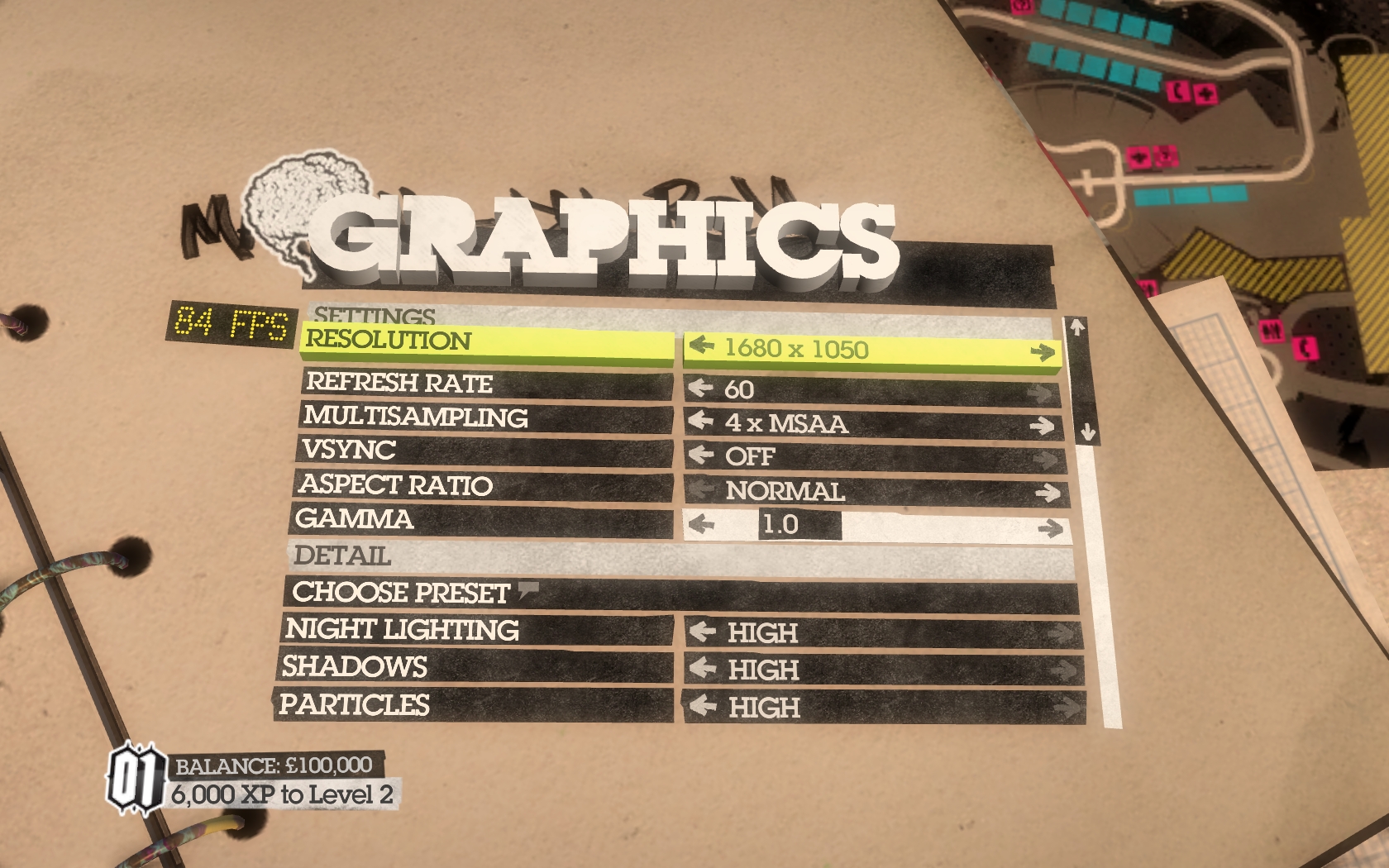
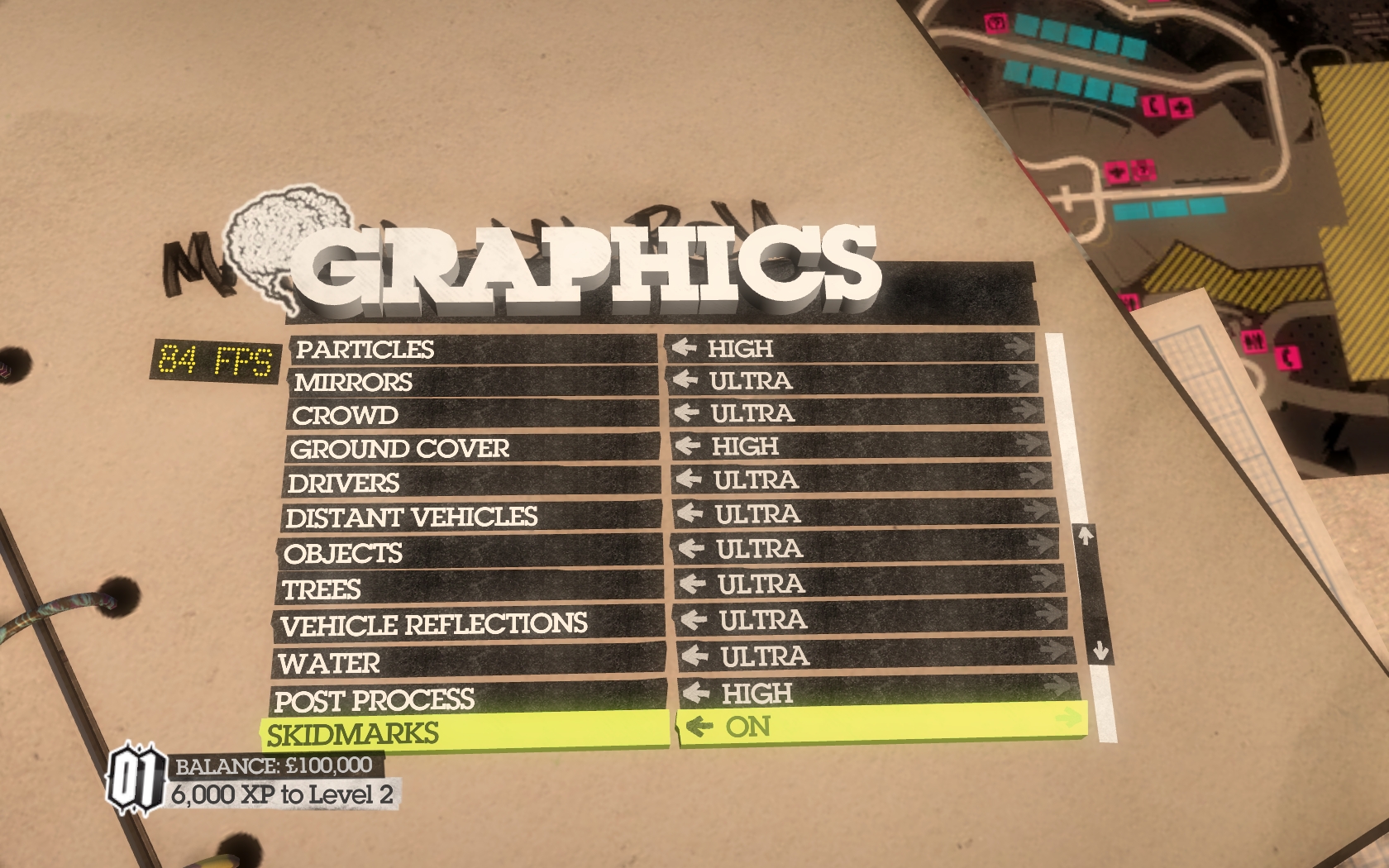
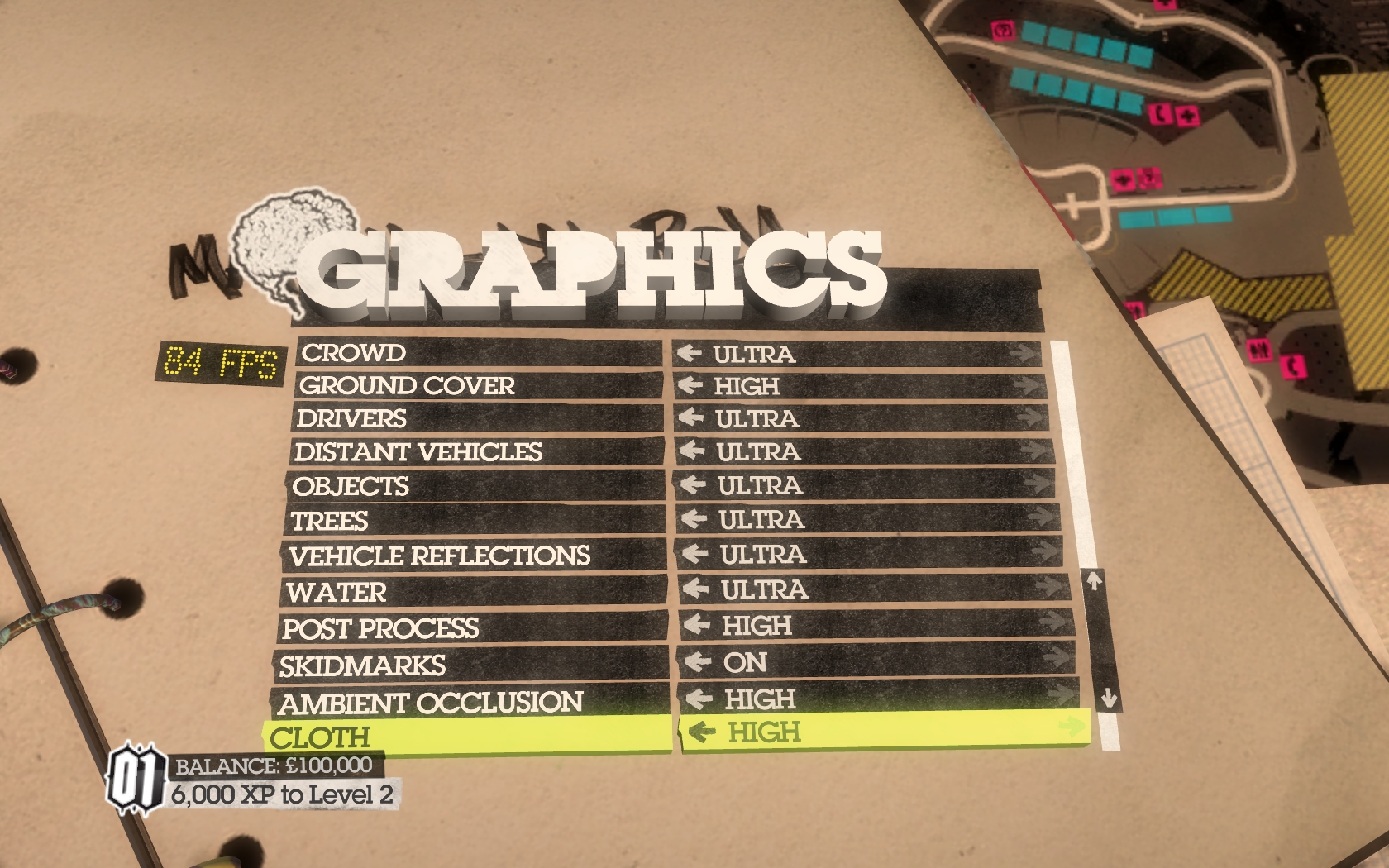
Benchmark Results:
PNY XLR8 Dirt 2 Performance | bit-tech.net
-
10-20-2011, 04:14 PM #4
 Re: PNY XLR8 Liquid Cooled GTX 580 OC 1.5GB Review
Re: PNY XLR8 Liquid Cooled GTX 580 OC 1.5GB Review
Call of Duty: Black Ops
Publisher: Activision
From our Call of Duty: Black Ops Review:
'Black Ops simply refuses to commit to a single theatre of violence; there are battles in tropical trenches, frozen tundra, barren wastelands and across night-blanketed rooftops. Mason and Co. fight on land, on water, in the air and beneath the oceans - the constant movement from one to another is enough to partly compensate for the enormous plot holes and occasional dud levels.'
We test with the game at its maximum detail settings as configured in the in-game menus. The maximum frame rate is capped at 91fps by default, so we've increased this to 250fps in the config file. We run a 90-second section of the game's multiplayer component, played back via the excellent built-in replay viewer.
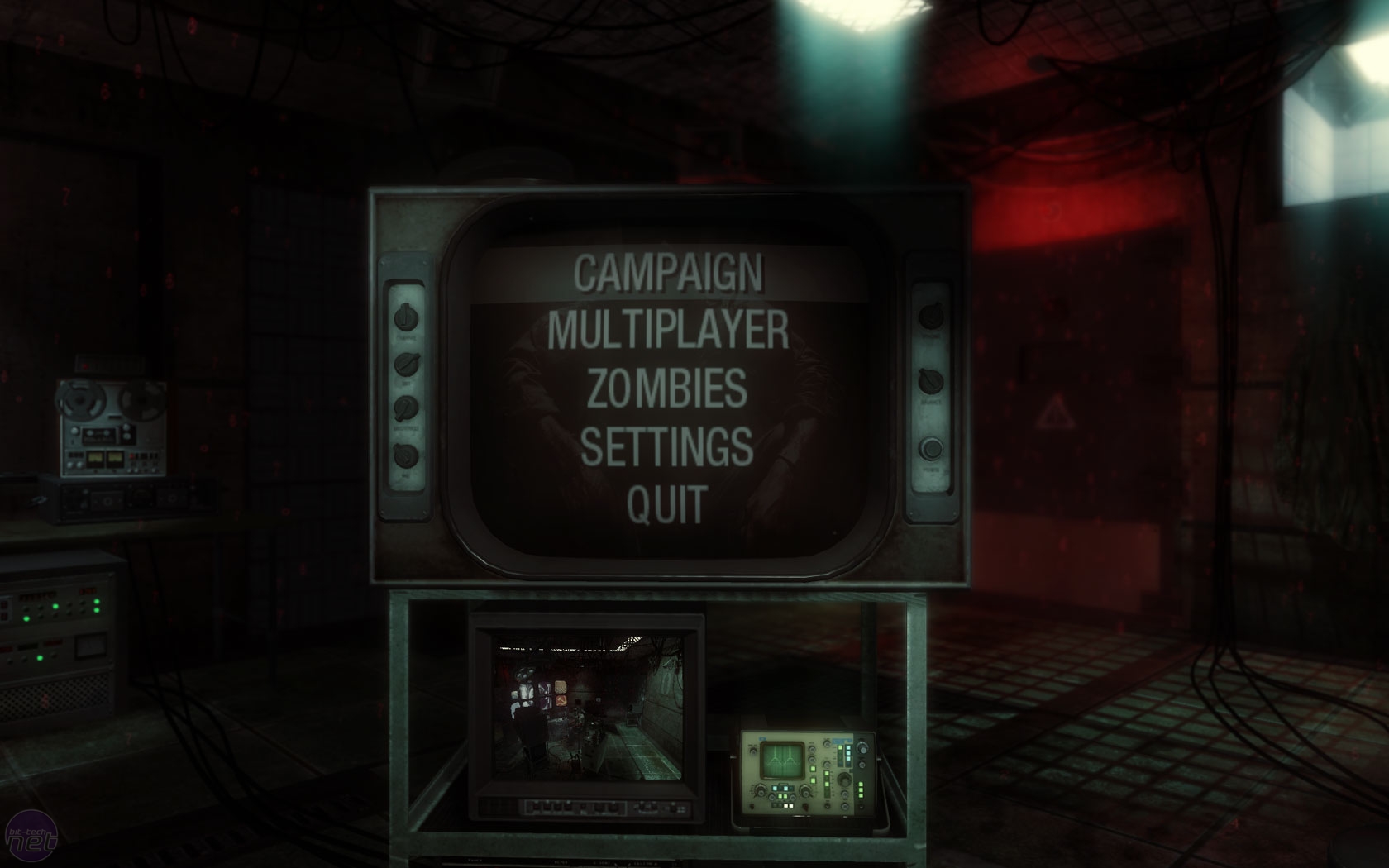
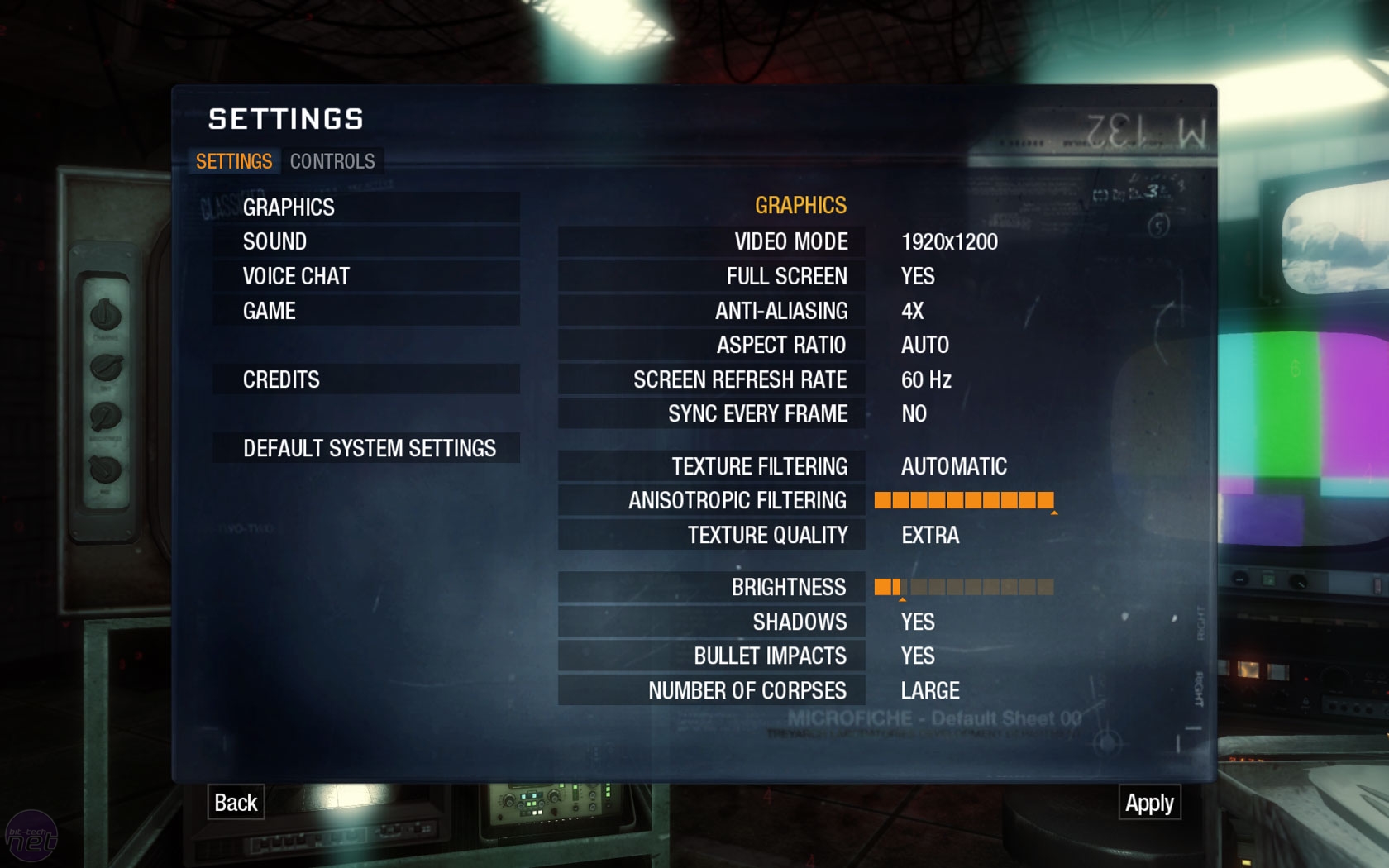
Benchmark Results:
PNY XLR8 Black Ops Performance | bit-tech.net
-
10-20-2011, 04:16 PM #5
 Re: PNY XLR8 Liquid Cooled GTX 580 OC 1.5GB Review
Re: PNY XLR8 Liquid Cooled GTX 580 OC 1.5GB Review
Arma II: Operation Arrowhead
Publisher: IDEA Games
From our Operation Arrowhead Review:
'Operation Arrowhead is still a massive challenge for any PC to play smoothly, so you should forget about running it on maximum settings. Bohemia Interactive claims to have optimised things for Arrowhead, but we didn’t find that it ran any faster than Arma II. This is a great shame, as when maxed out, Operation Arrowhead’s guerrilla-infested mountains are simply breathtaking to behold.
Operation Arrowhead doesn’t fundamentally change the gameplay of Arma II, so it’s still a very unforgiving mil-sim. If you’re expecting to run and gun and live then forget it, in a mil-sim such as Operation Arrowhead you have to think like a soldier to survive.'
We test this hugely demanding game at its most challenging settings, with all the detail options set to Very High and High anti-aliasing enabled. For the benchmark itself, we use a 60-second FRAPs run performed within our own custom timedemo. As the benchmark is variable due to AI inconsistencies, tests are performed three times and the average result is used.
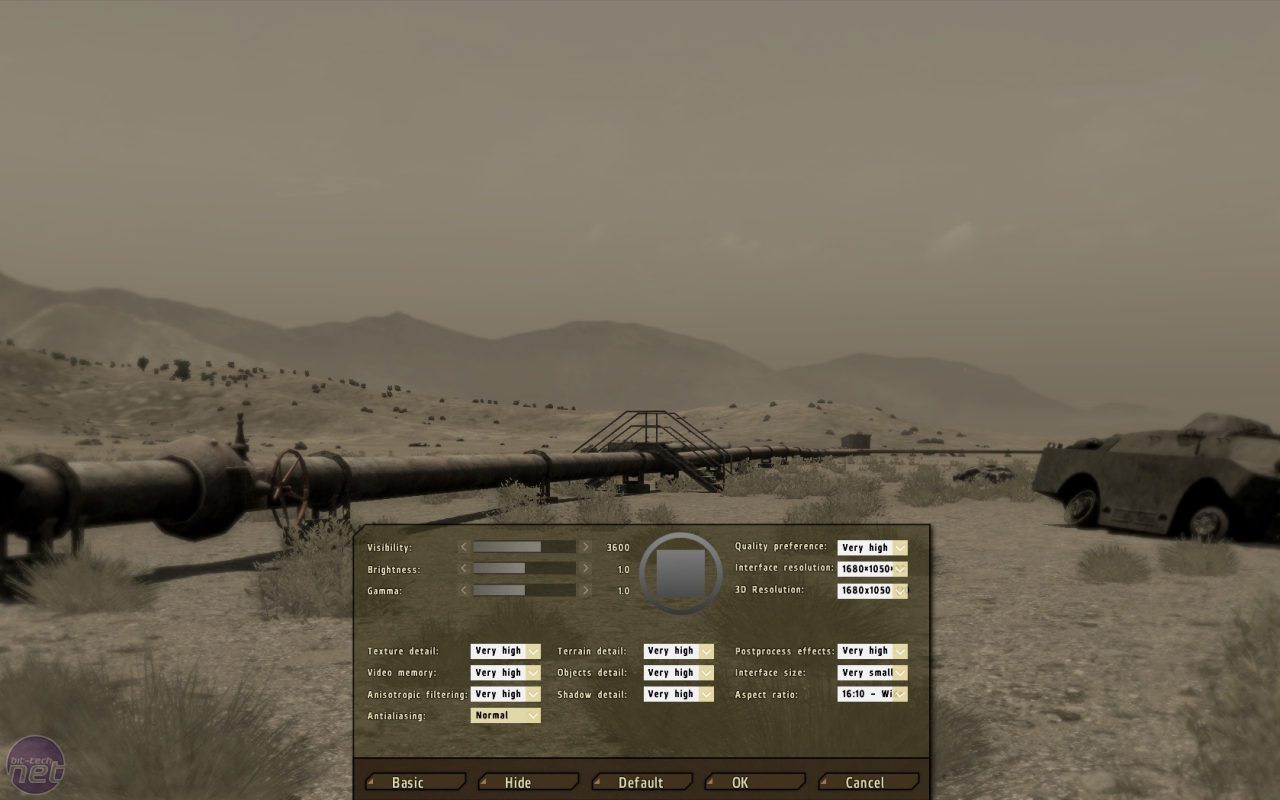
*Arma II has recently been updated to version 1.59, and we're in the process of re-testing cards using this new version. This is why all the cards aren't listed in the graphs below*
Benchmark Results:
PNY XLR8 Arma II Performance | bit-tech.net
-
10-20-2011, 04:17 PM #6
 Re: PNY XLR8 Liquid Cooled GTX 580 OC 1.5GB Review
Re: PNY XLR8 Liquid Cooled GTX 580 OC 1.5GB Review
Battlefield: Bad Company 2
Publisher: Electronic Arts
From our Battlefield: Bad Company 2 Review:
'Whether you’re blasting buildings apart with rockets, laying down controlled bursts with an assault rifle or putting in big booming hits with a shotgun, there’s real beef to the weaponry which again adds to the atmosphere of the game. DICE has managed once again to tap into the childish joy of shooting guns at people and things. Outside of shooting other people, the effects are equally good when you’re on the receiving end. There’s blood and dust aplenty from bullet hits and the death animations are suitably cinematic without being needlessly unpleasant or overly silly.'
Bad Company 2 is the first PC game to use Frostbite game engine. It’s DX11-compatible and uses tessellation and other advanced rendering techniques to deliver incredible visuals and bash next-gen hardware. We take a 60-second sample of us playing through a section of the Heart of Darkness level with FRAPs, always following the same path and performing the same actions. We repeat each test three times, discarding anomalous results and averaging the consistent ones.
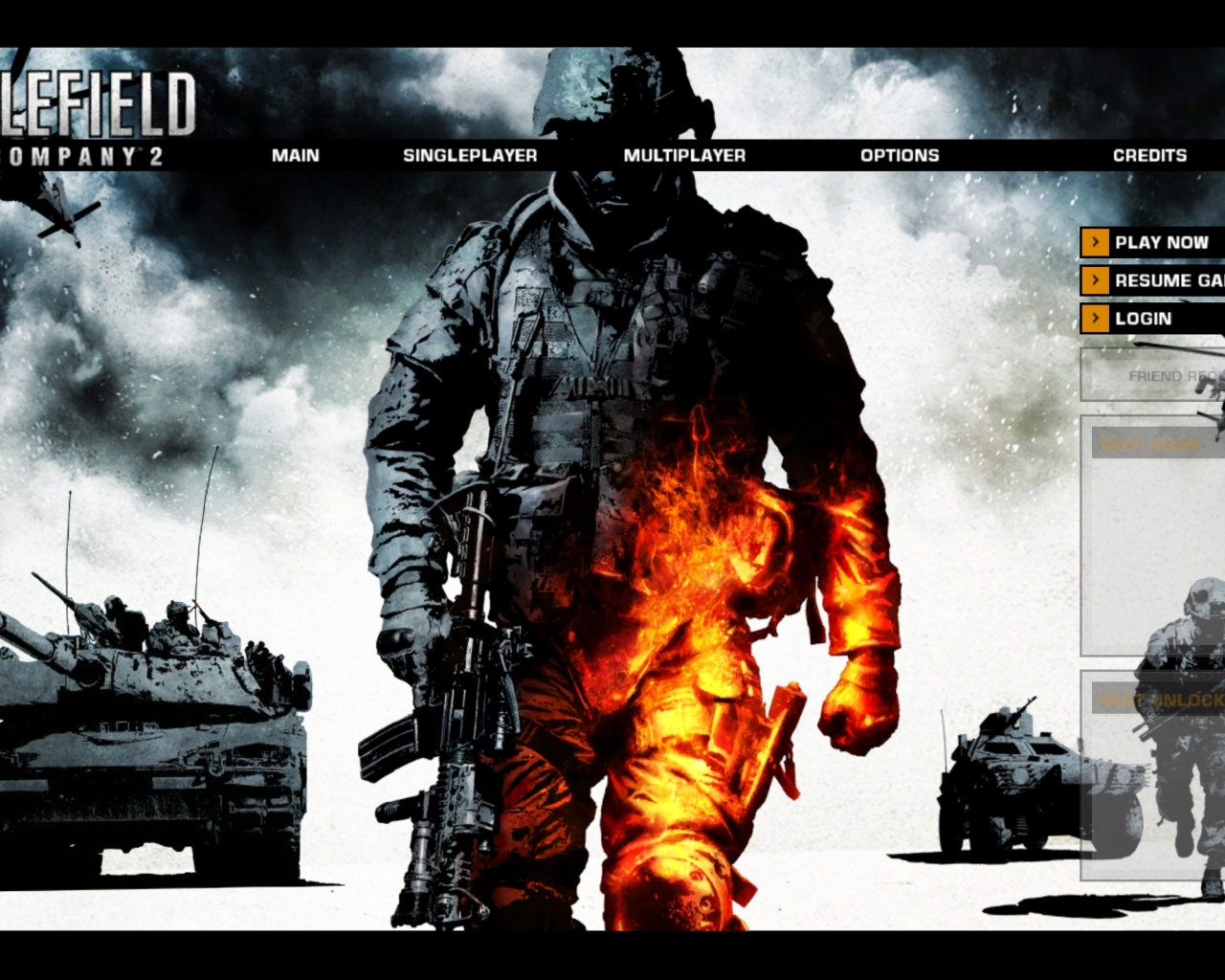
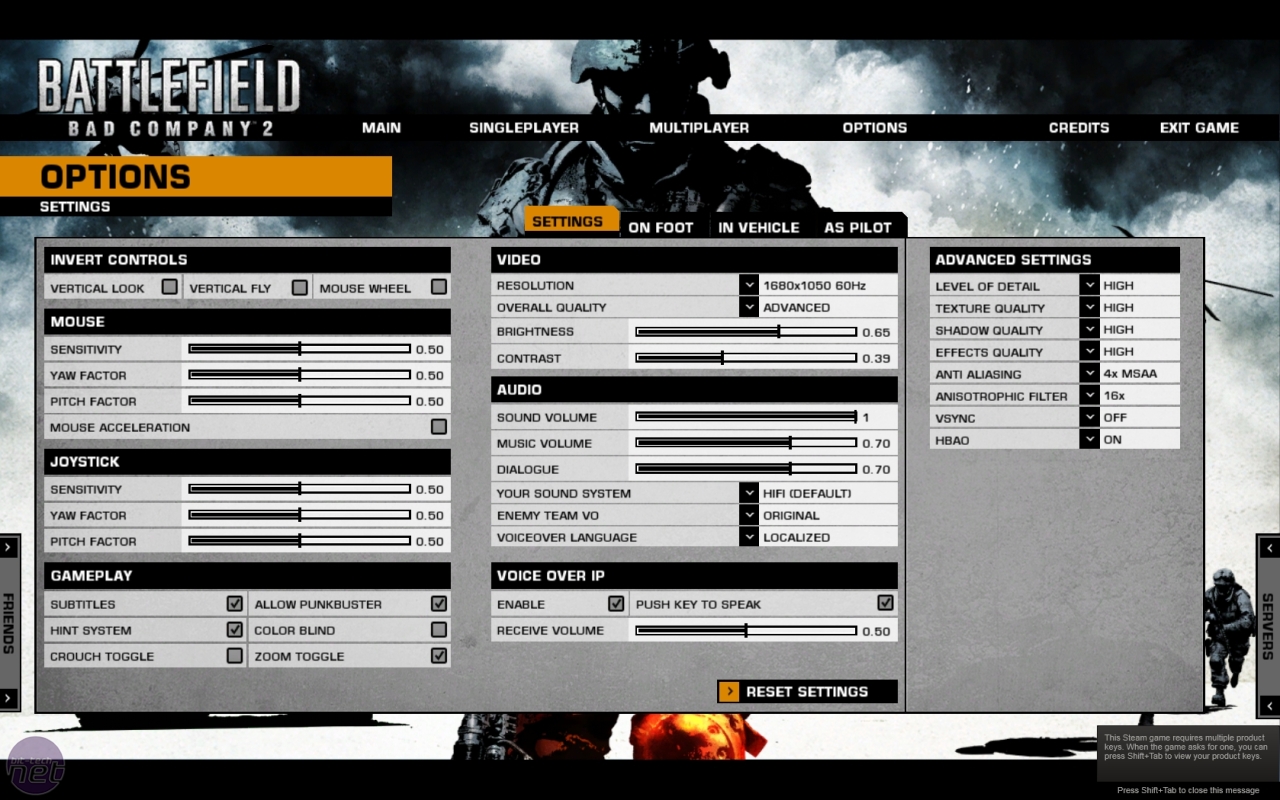
Benchmark Results:
PNY XLR8 Bad Company 2 Performance | bit-tech.net
-
10-20-2011, 04:18 PM #7
 Re: PNY XLR8 Liquid Cooled GTX 580 OC 1.5GB Review
Re: PNY XLR8 Liquid Cooled GTX 580 OC 1.5GB Review
Power Consumption (Idle and Gaming)
Putting a realistic, repeatable load on a GPU to get a decent idea of its real world power consumption and thermal output has long been something with which we've experimented here at bit-tech. We've found that synthetic benchmarks such as FurMark thrash the GPU constantly, which simply isn't reflective of how a GPU will be used when gaming.
It's such a hardcore test that any GPU under test is almost guaranteed to hit its thermal limit; the mark at which the card's firmware will kick in, speeding up the fan to keep the GPU within safe temperature limits. Conversely, simply leaving a game such as Crysis running at a certain point also isn't reflective of real-world use. There's no guarantee that the GPU is being pushed as hard as other titles might push it, and the load will vary between play-throughs.
We used to use the Canyon Flight test of 3DMark 06, as this was a punishing and repeatable test. However, we've now adopted Unigine's Heaven 2.5 benchmark, as its DirectX 11 features will stress all the parts of a modern GPU. We use the default settings and a resolution of 1,920 x 1,080. We also check that 4x AA and 4x AF are enabled and that tessellation is set to Standard. We then hit the Benchmark button and watch the power draw from the wall between the grass field scene and the second dragon scene - this is the toughest portion of the test for both Nvidia and AMD hardware.
We also have GPU-Z running in the background, and leave the Unigine benchmark running for ten minutes to record a peak GPU temperature. We present the temperature as a delta T (the difference between the temperature of the GPU and the ambient temperature in our labs).
Benchmark Results:
PNY XLR8 Power and Thermals | bit-tech.net
-
10-20-2011, 04:22 PM #8
 Re: PNY XLR8 Liquid Cooled GTX 580 OC 1.5GB Review
Re: PNY XLR8 Liquid Cooled GTX 580 OC 1.5GB Review
PNY XLR8 Performance Analysis and Conclusion
Performance Analysis
Touting the biggest factory overclock we've ever seen on a GTX 580 1.5GB by quite some margin, it wasn't surprising to see the XLR8 GTX 580 1.5GB bettering all the other GTX 580s in the graphs. In Dirt 2 at 1,920 x 1,080 with 4x AA, the XLR8 GTX 580 OC stretched out a 5fps lead in its minimum frame rate above the Asus Matrix GTX580 Platinum, which managed 117fps. This was also 15fps faster than a stock speed GTX 580 1.5GB - a healthy 14 per cent increase.
Call of Duty: Black Ops resulted in less marked gains, the biggest being a 3fps advantage over the Asus card in the minimum frame rate at 2,560 x 1,600 with 4x AA. Meanwhile, in Arma II at the same resolution, the XLR8 GTX 580 OC climbed to second place in the table with a minimum frame rate of 29fps - nearly 12 per cent faster than a stock speed card. Battlefield: Bad Company 2 also saw healthy gains - at 1,920 x 1,080, for example, the 7fps rise in the minimum frame rate was equivalent to a 13 per cent increase over a stock speed card.
The hefty overclock also resulted in the XLR8 GTX 580 OC drawing an additional 37W over and above the Asus card. Thankfully, the cooling system performed excellently, with the load delta T of 25°C less than half of that of a stock card and 9°C cooler than the Asus card too. Sadly, this awesome result was marred by several issues. While the pump and stock cooler were inaudible, the 120mm fan included with the XLR8 GTX 580 OC proved to be very noisy and failed to spin down at all.
This is a shame, because with such low temperatures there would be ample room to reduce noise and still have awesome cooling. The obvious solution would be to purchase a slower fan or fan controller, but it's a shame PNY didn't nip this issue in the bud.
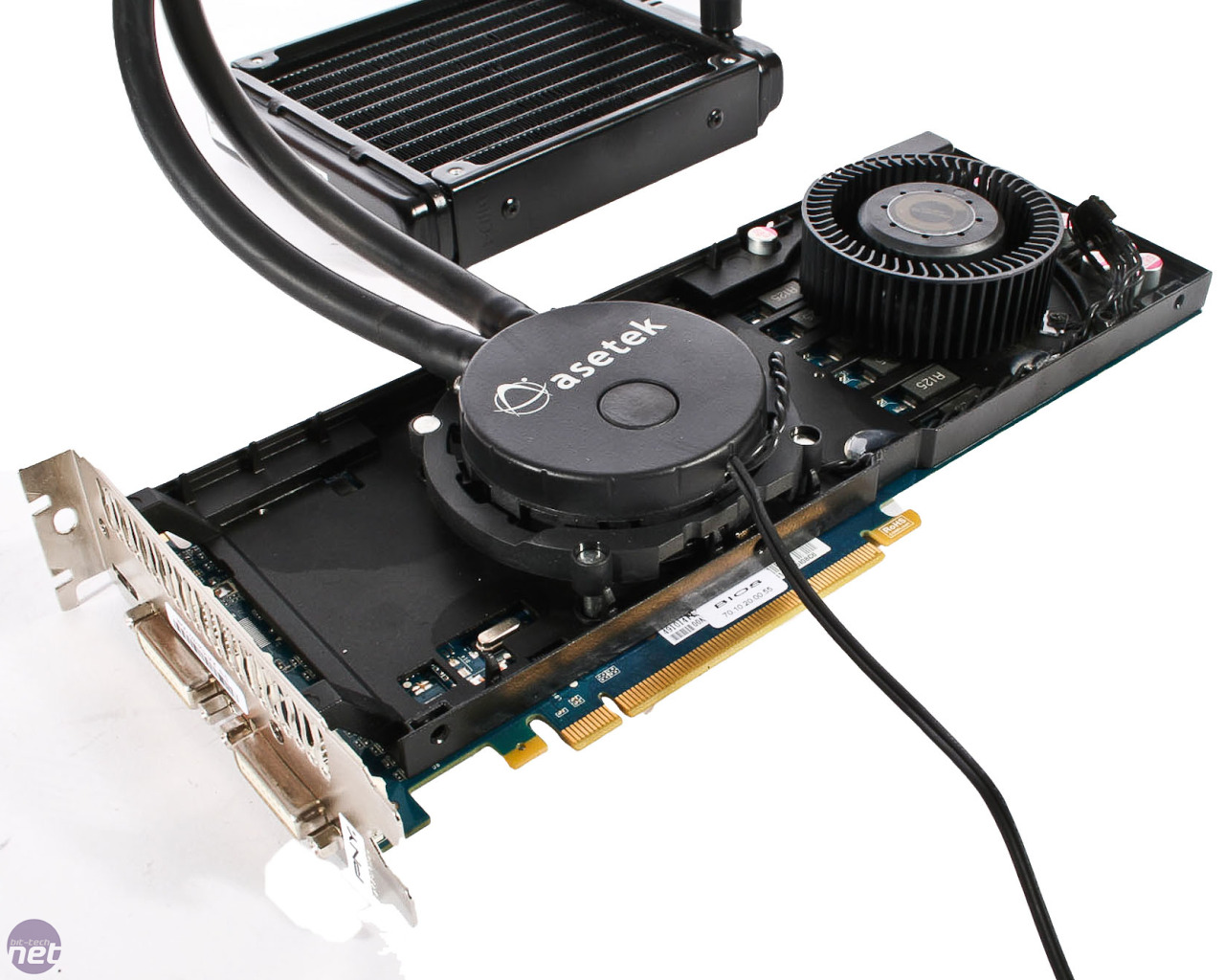
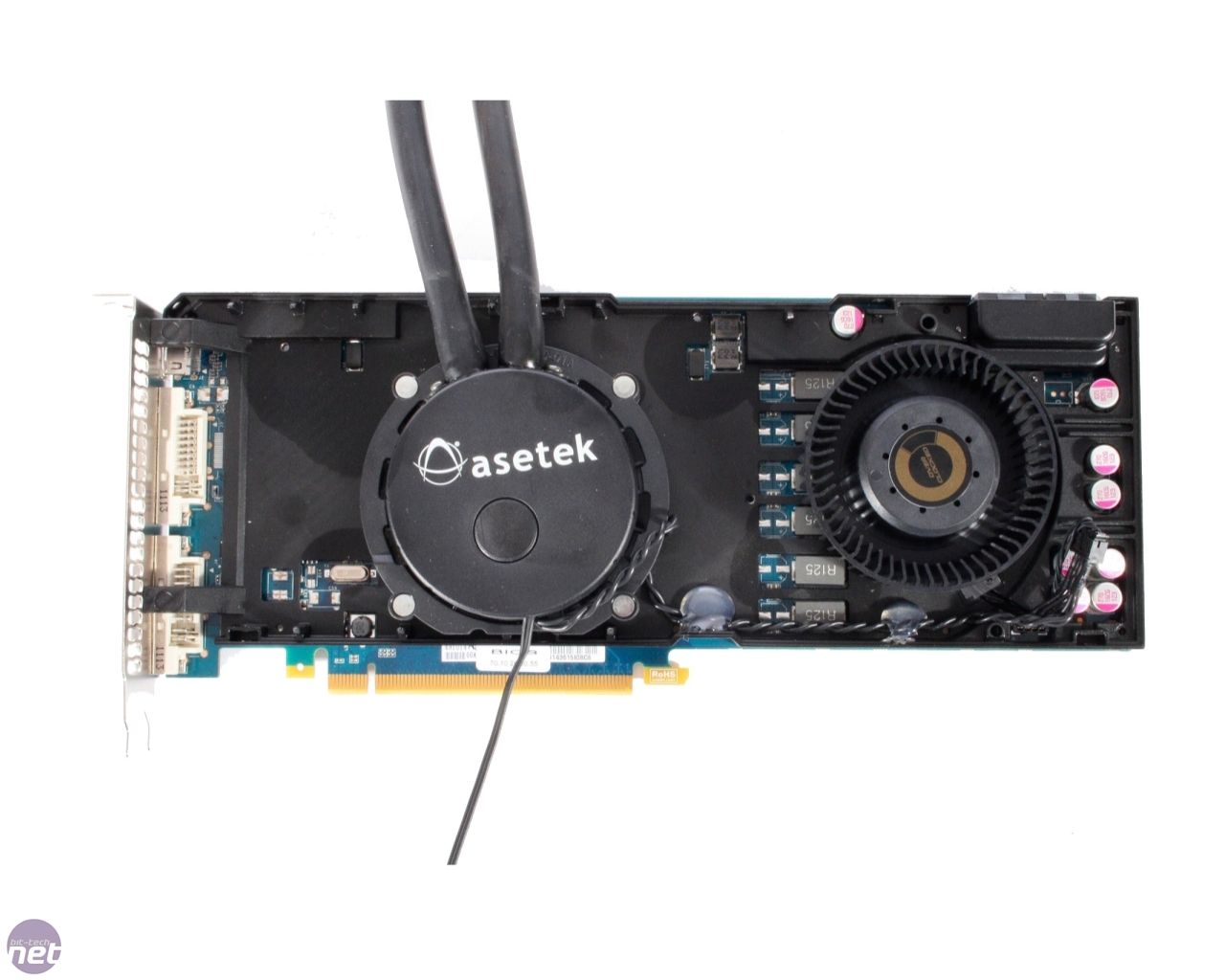
More worryingly, the combined pump and waterblock takes up a huge amount of space inside the cooler, restricting airflow. As the cooler has clearly had its fan speed reduced, this resulted in the rear of the PCB becoming scorchingly hot - while the GPU core is well catered for cooling-wise, the same can't be said about the rest of the card. While we didn't experience any heat-related crashes, we have concerns about the XLR8 GTX 580 OC's potential to cook itself in the long term. Our concerns were also backed up by using a laser temperature sensor, which measured the rear of the PCB reaching a delta T of up to 75°C, while a stock GTX 580 1.5GB came in at 20°C less.
Overclocking turned out to very productive, though, and we were able to push the GPU to a staggering 940MHz - only the MSI N580GTX Lighting Xtreme Edition managed a higher frequency. We only managed to push the memory to 1.15GHz (4.6GHz effective), though - the same as the Asus Matrix GTX580 Platinum. This was enough to see the minimum frame rate in Bad Company 2 at 1,920 x 1,080 rise to 68fps, with Arma II at the same settings seeing a 5fps increase.
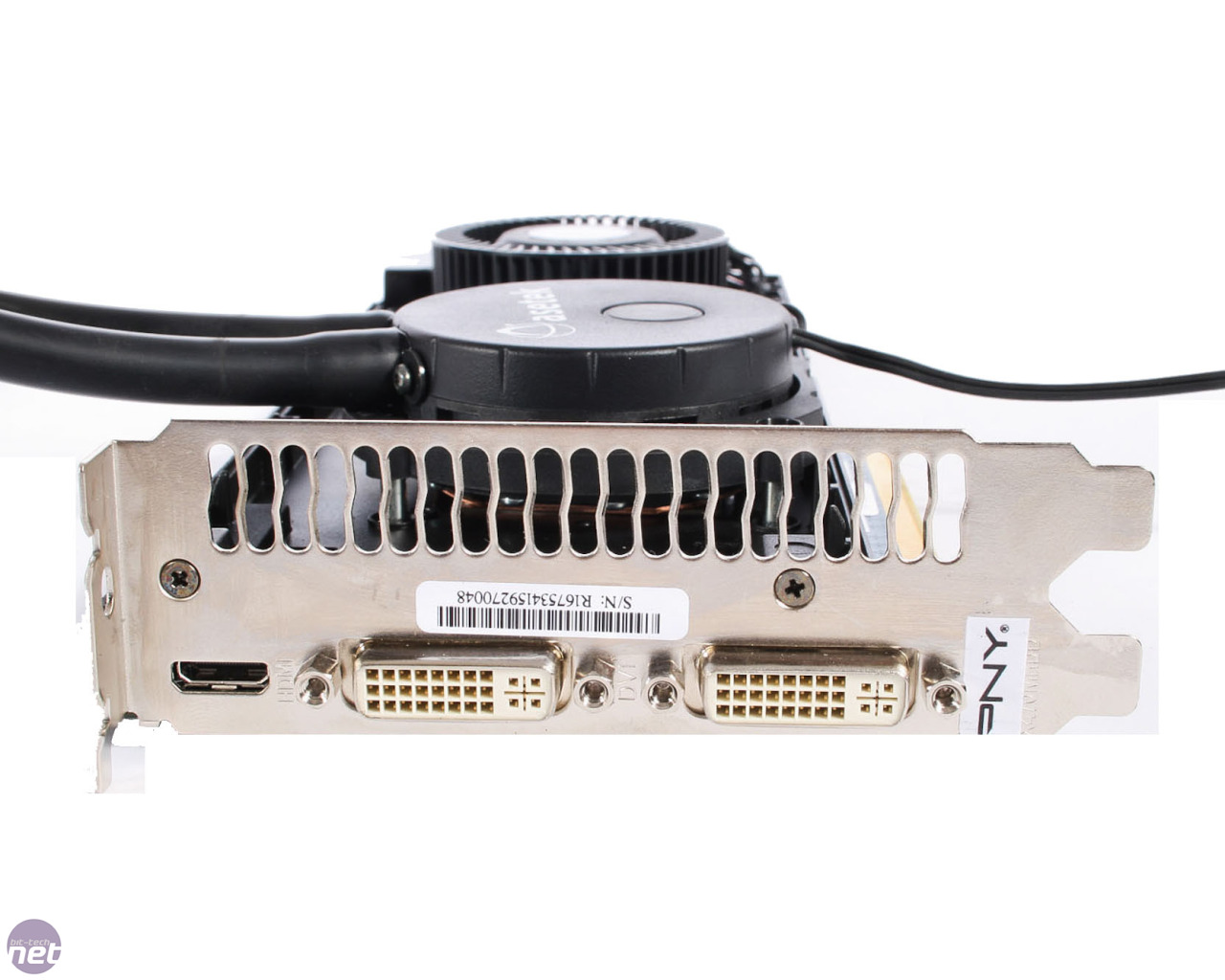
Conclusion
Our testing resulted in polarised findings. On the one hand, the PNY XLR8 Liquid Cooled GTX 580 OC 1.5GB is awesomely fast, very overclockable and kept our GPU very cool indeed. However, this cooling comes at a price - its 120mm fan was very noisy, which partially defeats the point of water-cooling the card in the first place. Meanwhile, the remainder of the stock cooler, while quiet, also struggled to cool the rest of the card as well as a stock GTX 580 1.5GB.
The result is an expensive card that, instead of filling the gap between the best air-cooled cards and a fully water-cooled card, is inferior to both. As such, you’re better off either investing in water-cooling your GPU properly with a full-cover waterblock, or opting for a cheaper, quieter, air-cooled card.
Addendum: Since publishing this review, PNY got in contact with us and has confirmed the following: 'the components’ thermals on our GTX 580 LC products are well within the thermal limits of the power components on the back of the GTX 580 LC board. Their thermal MAX are up to 125C. Furthermore, the PCB design does meet the minimum “Tg” of 140C & “Td” 295C ratings of the Standard PCB Specification for RoHS material.' Thus, although we still have concerns about the high temperature of the card, as it's within spec, we have ammended the cards scores at the end of this review.
SPEED
36 / 40
VALUE
15 / 30
FEATURES
19 / 30

-
10-20-2011, 04:38 PM #9
 Re: PNY XLR8 Liquid Cooled GTX 580 OC 1.5GB Review
Re: PNY XLR8 Liquid Cooled GTX 580 OC 1.5GB Review
grabeh ka bugnaw 4c ang Idle hapit nman ni ma freeze
-
10-20-2011, 04:42 PM #10
 Re: PNY XLR8 Liquid Cooled GTX 580 OC 1.5GB Review
Re: PNY XLR8 Liquid Cooled GTX 580 OC 1.5GB Review
pila kaha na set up?
Advertisement
Similar Threads |
|






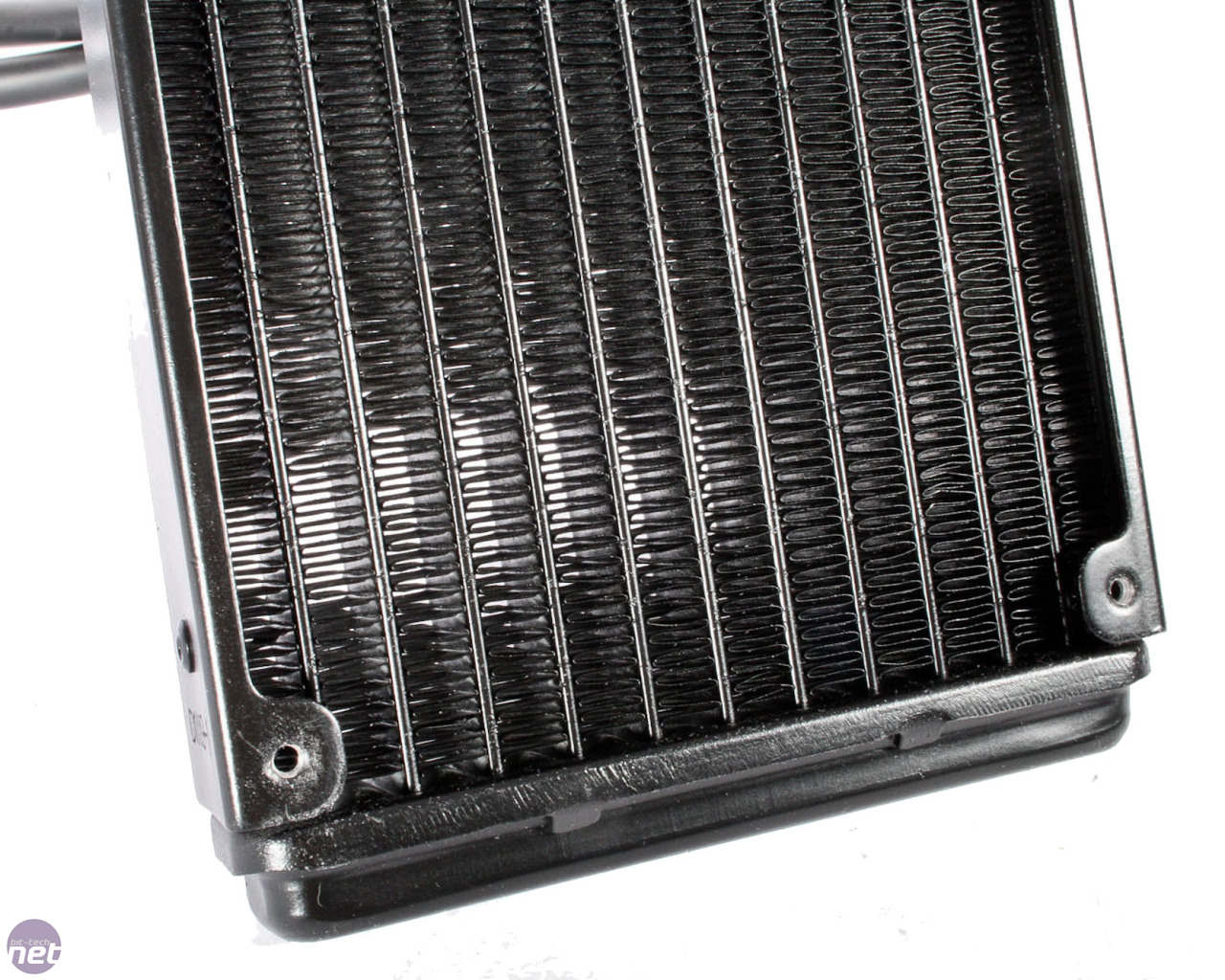

 Reply With Quote
Reply With Quote
